We are fortunate to live in an area of the country where we can garden nearly year-round. Our winters are typically mild, even though we can have a sporadic snowfall or ice storm. While our friends to the north are done gardening until the spring, we're just getting going with vegetables, seeds and ornamental plants. Take a look at this list of garden activities to make sure you and your garden are on track.
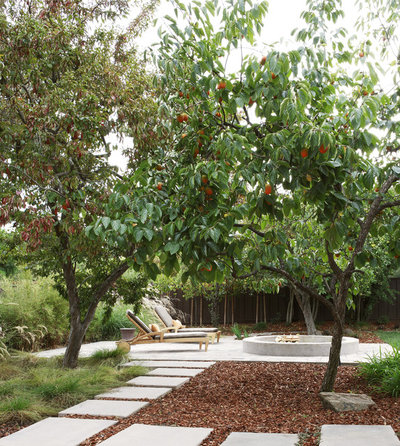
Arterra Landscape Architects
Spray fruit trees. None of our fruit trees are native to our areas, so they need a little extra care right now and will benefit from a spray schedule to prevent diseases.
Apple, peach, pear, apricot and plum trees need to be sprayed regularly. There are different sprays to be applied at various times throughout the cool months, so be sure to check with your local county extension office or trusted nursery about when to spray your fruit trees to keep them healthy.
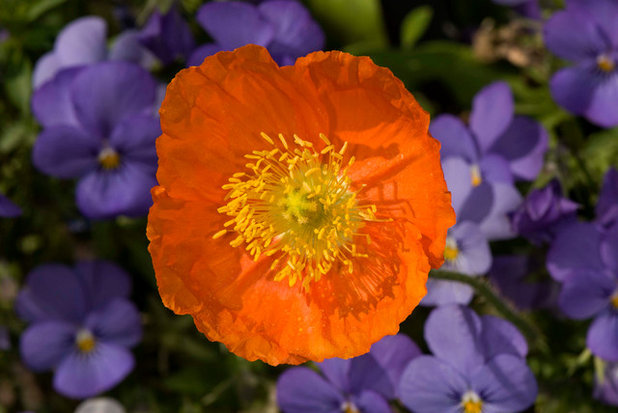
The New York Botanical Garden
Plant flower seeds. Seeds for flowers like
delphinium, larkspur and
poppy can be sown now. Be sure to prepare your bed before sowing seeds — remove weeds, amend your soil for proper drainage and soil health, and be sure you know what type of sun requirements your seeds need.
While many flowers prefer full sun, some perform better when given some shade. Read the back of your seed packet for information light and on how deep to sow specific seeds, as seeds planted too deep can have a difficult time germinating.

Amy Renea
Protect plants during freezes. Freezes will vary depending upon what part of the state you live in, but we all know to expect some freezing or even snowy weather from time to time. Protect your more tender plants with frost blankets from your local nursery or home improvement store, or construct a cold frame to more thoroughly cover the plants. Consider purchasing a small movable greenhouse for any tropical patio containers — I've found greenhouses at a local nursery for $250 to $500.
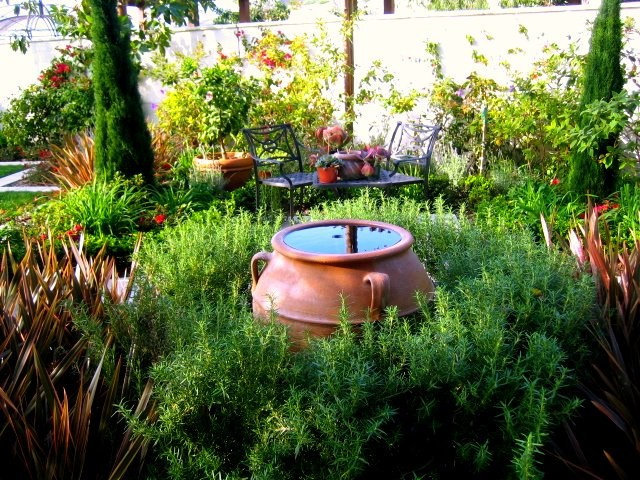
AMS Landscape Design Studios, Inc.
Plant herbs. All hardy perennial herbs — like
rosemary, rue, thyme, lavender, oregano and
sage — can be planted now. Annual or biennial herbs — like
parsley, dill, fennel and
cilantro — can also be planted now. Most of these herbs prefer full sun, although some will tolerate some light shade during the day.
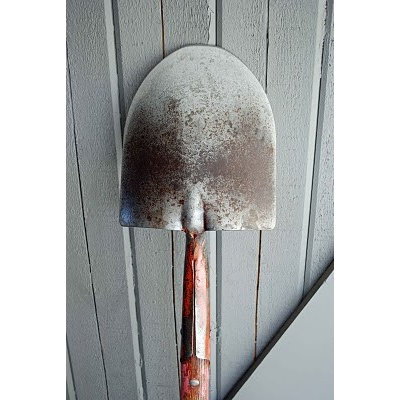
Jocelyn H. Chilvers
Clean and oil garden tools. Your tools have worked hard for you this past year, so do them the favor of cleaning them up before they take a winter's rest. Clean off any visible debris and dirt, sharpen blades and oil all moving parts. You can purchase sharpening kits at many hardware stores, or if you're not the DIY type, take them to a specialty store to have them sharpened. If your hardware store doesn't perform this type of task, look for a knife or tool store in your area.
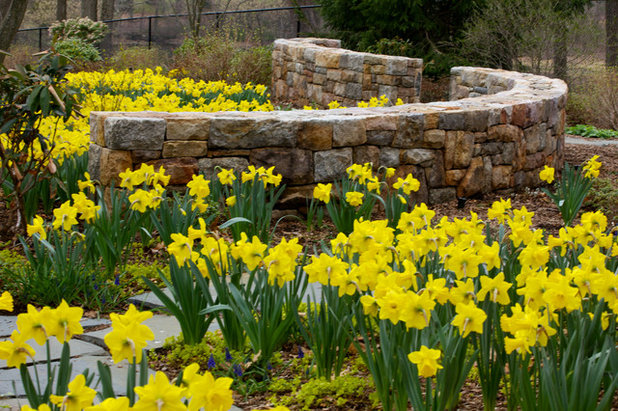
The Todd Group
Plant bulbs. This is your last chance, in most cases, to plant bulbs — and the first part of the month is the best time. Plant
daffodils, hyacinths, Louisiana irises, jonquils, cannas,
gladiolus and
dahlias.
Choose a sunny spot in your garden to tuck in flower bulbs or plan to have large sweeps of flowering bulbs for a spectacular spring display. Bulbs should be planted at a depth that's two to three times the width of the bulb, but I like to follow the specific recommendations on the back of the bulb package just to be sure.
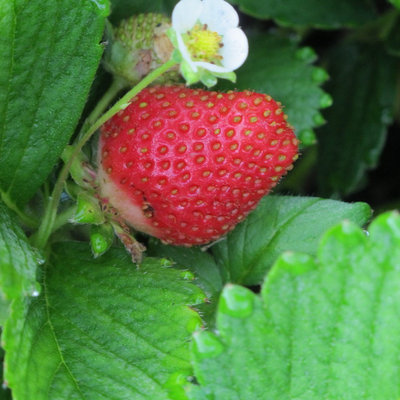
Gardening with Confidence®
Plant strawberries. It's easy to grow strawberries in your vegetable garden; just give them plenty of sun and a little room to spread out. Great varieties to try are
Chandler, Douglas and
Sequoia, although your local nursery will be able to give you recommendations for more good choices for your area.
If you live in North Texas, you can still plant strawberries, but your spring yield will be lower. Have patience and you'll be rewarded with more berries the following season. Gardeners in the Austin-to-Houston area will have a better chance of a good spring yield by planting now.
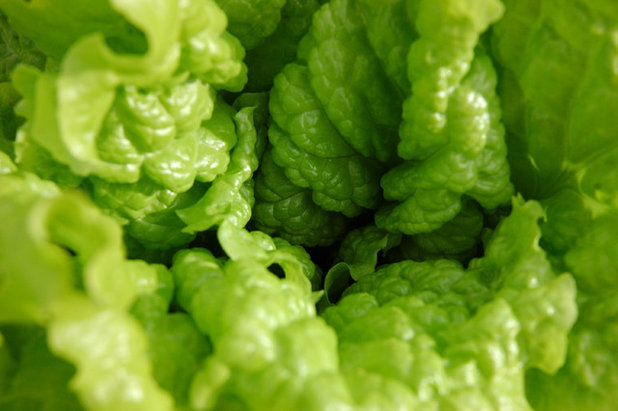
J. Peterson Garden Design
Plant vegetables. Greens-loving people will be happy that we can still plant spinach, arugula, cabbage, kale, chard and other lettuce varieties right now. Make sure you choose a sunny spot in your garden and create plant tags or markers to remember what variety you planted where.
Consider staggering your plantings so that your greens won't be ready for harvest all at once. I like to plant a few transplants every two weeks or so to keep my harvest going throughout the cooler months.





